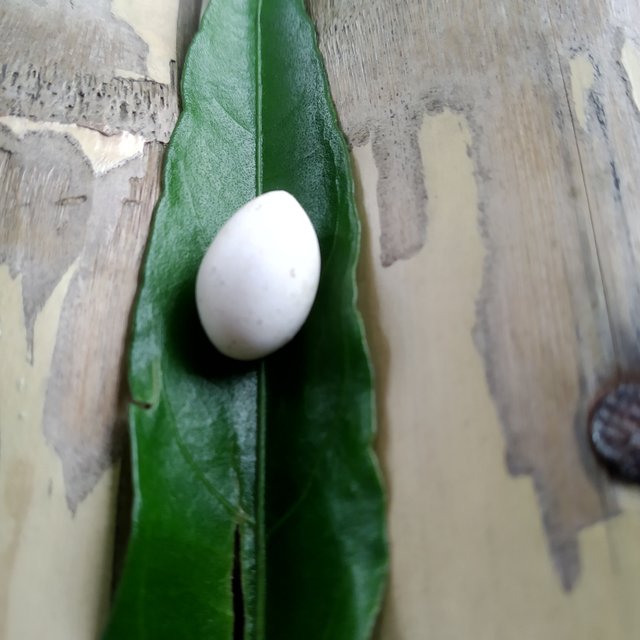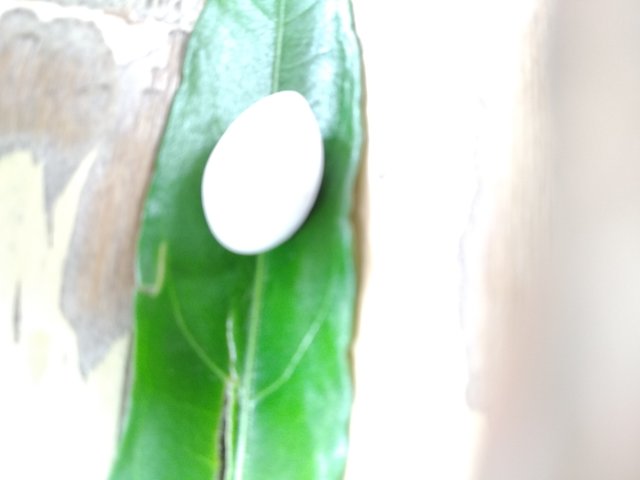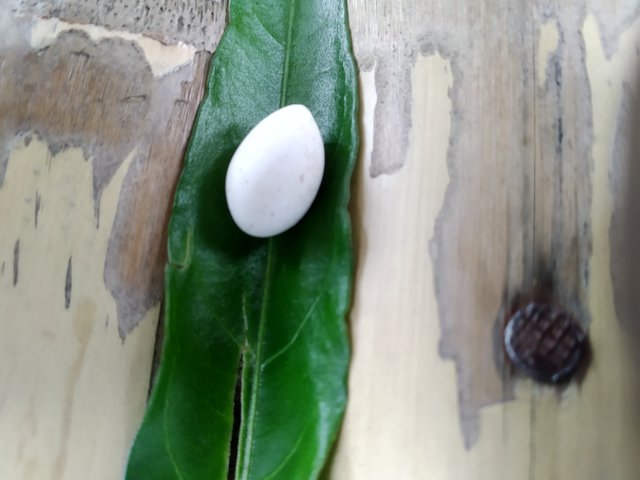Snakes belong to the class Serpentes of the genus Reptilia, long cylindrical legs without vertebrates. Their bodies are covered by scales
Snakes belong to the class Serpentes of the genus Reptilia, long cylindrical legs without vertebrates. Their bodies are covered with scales, they do not have scapulae and appendages. However, some species of python snakes still have some traces of pelvic remnants and hindlimbs. Snakes can live in the ground, in holes or tunnels under the ground, in trees and in water. Almost all snakes can swim. The Kalnagini snake (Chrysopelea ornata) can roll from the high branches of the tree to the lower branches.
The snake changes its shell several times a year. The maximum number of vertebrae is 100 to 400. The snake has no outer ear, so it cannot absorb airborne sound perfectly. However, sound waves from the ground or any other medium through which they live can reach the inner ear through the lower jaw and quadrate bones. Snakes do not have ears and eyes. Since the bones of the two halves of the jaw are connected by flexible ligaments, each half of the jaw can function independently during the prey.
Snakes are poikilothermic animals, because the snake's three-celled heart contains a partial mixture of oxygenated blood and non-oxygenated blood, so that the arteries carry mixed blood and cannot provide enough energy to keep the body temperature stable. The tip of the snake's tongue is bifurcated. With a special hole in the jaw, even if the mouth is closed, the snake can move its tongue in and out. On both sides of the upper jaw are Jacobson's organs. When the tongue is inserted into the mouth, the tips automatically touch the Jacobsons organ, from where it receives chemical signals. The information gathered from the air and soil through the proper use of Jacobsons limbs and tongue in and out is extremely important for snakes. The snake's tongue practically compensates for hearing loss and poor eyesight.

Of the many common teeth on the back of a snake's jaw, only one or two pairs of teeth can be converted into poisonous teeth or teeth suitable for catching fast prey. Snakes eat only living animals. However, the Indian Egg-eater (Elachistodon westermanni) also eats eggs. Snakes eat frogs, lizards, other snakes, small birds, rodents, small mammals, fish, etc. according to their size. The big snake swallowed the prey whole. The snake usually twists and grabs the prey and then kills it by suffocation. Poisonous snakes sometimes pour venom on the body of the victim and numb the body of the victim. Since the digestive system of a snake is very strong, all parts of the prey's body are digested in the stomach. The egg-eating snake, however, vomits the shell of the egg while eating the inside of the egg. Snakes rarely drink water.
Most male snakes have a pair of hemipenis but use one instead of two during mating. Snakes prefer to be alone. However, Gokhara is in pairs. Most snakes lay eggs. Outside the body, the embryo grows inside the egg and the baby hatches. Not only does the Lhaudga snake (Ahaetulla nasutus), some freshwater snakes, some sea and sea snakes and the Viper snake lay eggs, they give birth to live offspring in the ovo-viviparous or viviparous process.
There are about 90 species of snakes in Bangladesh. The most common snakes in the country are Xenochropis piscator, Amphiesma stolata, Lycodon jara, Oligodon cinereus, Atretium schistosum, Elaphe radiata, Phenyminis, , Raccoon, python, cobra and sea snake. Most snakes are venomous and do not harm humans. The number of highly venomous snakes in this country is less than half a dozen. It is not difficult to avoid them.
Overall snakes are human friends. Every year, snakes benefit humans by eating a large number of animals that are harmful to crops or dangerous to humans. The market price of snake skin is quite high. Live snakes are also exported to Far Eastern countries. People of some communities worship several species of snakes.
Non-poisonous snakes are non-poisonous snakes that produce venomous teeth and venom-producing organs. Three-quarters of 90 species of snakes in Bangladesh are non-venomous. All snakes belonging to the genus Typhlopidae, Boidae and Acrochoridae are non-venomous. Most snakes belonging to the genus Colubridae are also non-venomous. All the aforesaid clans belong to the category of Serpentes.
Common non-venomous snakes are: Dumukha snake (three species), Python, Golbahar, Balubora, Acchhordus granulatus, Macropisthodon plumbicolor, Metesap (Argyrogena fasciolatus), Three-legged snake (Colginer). ), Elaphe helena, Cantor black-headed snake (Sibynophis saggitaria), Snail-eating snake (Pareas two species), Housewife snake (Lycodon three species), Kukri snake (Oligodon 6-7 species) etc.

Poisonous snake Poisonous snake is a species of snake with venomous glands and venomous teeth. These snakes have a mechanism for injecting or injecting venom from the venom glands through the teeth of the prey or victim. If poison is injected into the body, the infected animal may become temporarily immobile, severely paralyzed, or even die. All other vipers or moons, including the Elapidae genus Gokhra and Shakhini, and the Hydrophidae genus, and the Viperidae genus, are venomous. Several snakes of the genus Colubridae are also considered venomous.
Poisonous snakes of the genus Colubridae belong to the group of post-venomous (opistoglyph). Snakes belonging to the genus Elapidae and Hydrophidae are full-toothed (proteroglyph) and their venomous teeth are firmly attached to the gums. Snakes belonging to the genus Viperidae are also full-bodied, but venomous snakes of this genus can fold their venomous teeth (solenoglyphs) along the palate. The venom glands of all snakes are variants of the salivary glands of the upper jaw, which secrete not only saliva and some digestive enzymes, but also some proteins, which are more or less toxic to infected animals.
